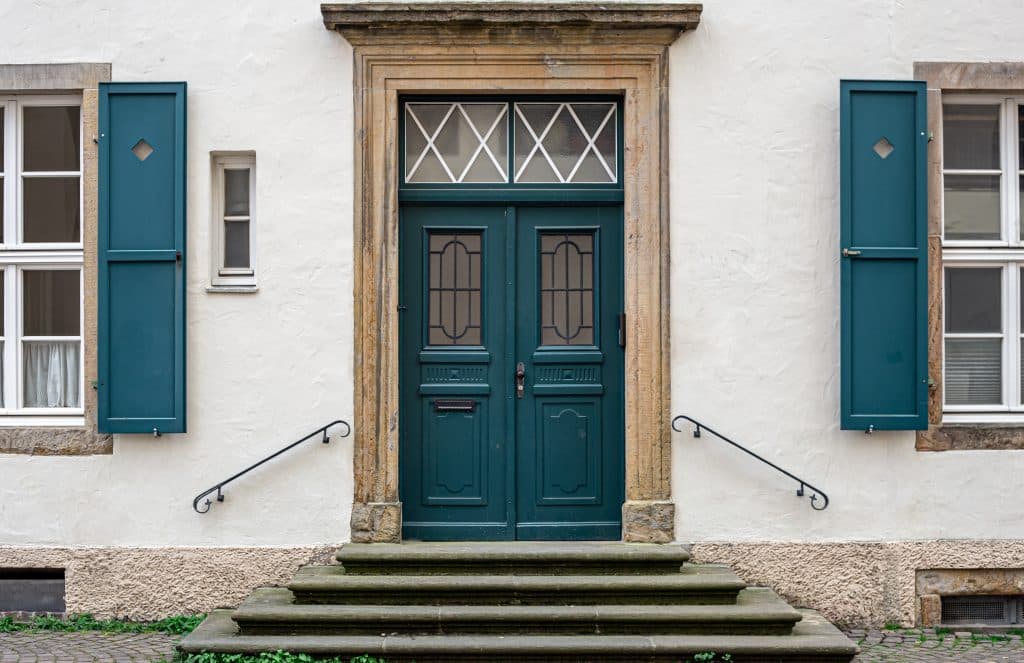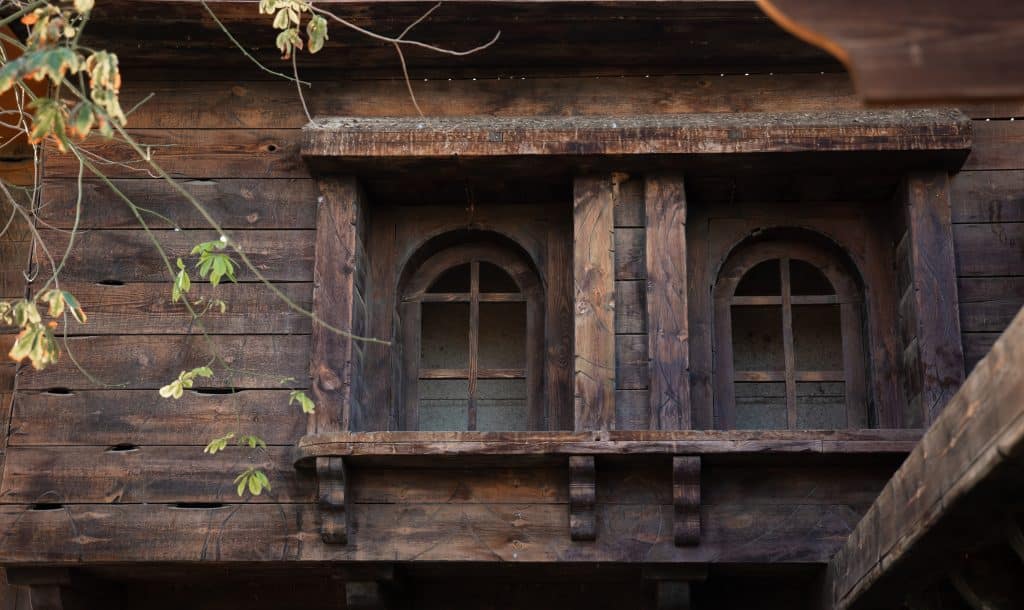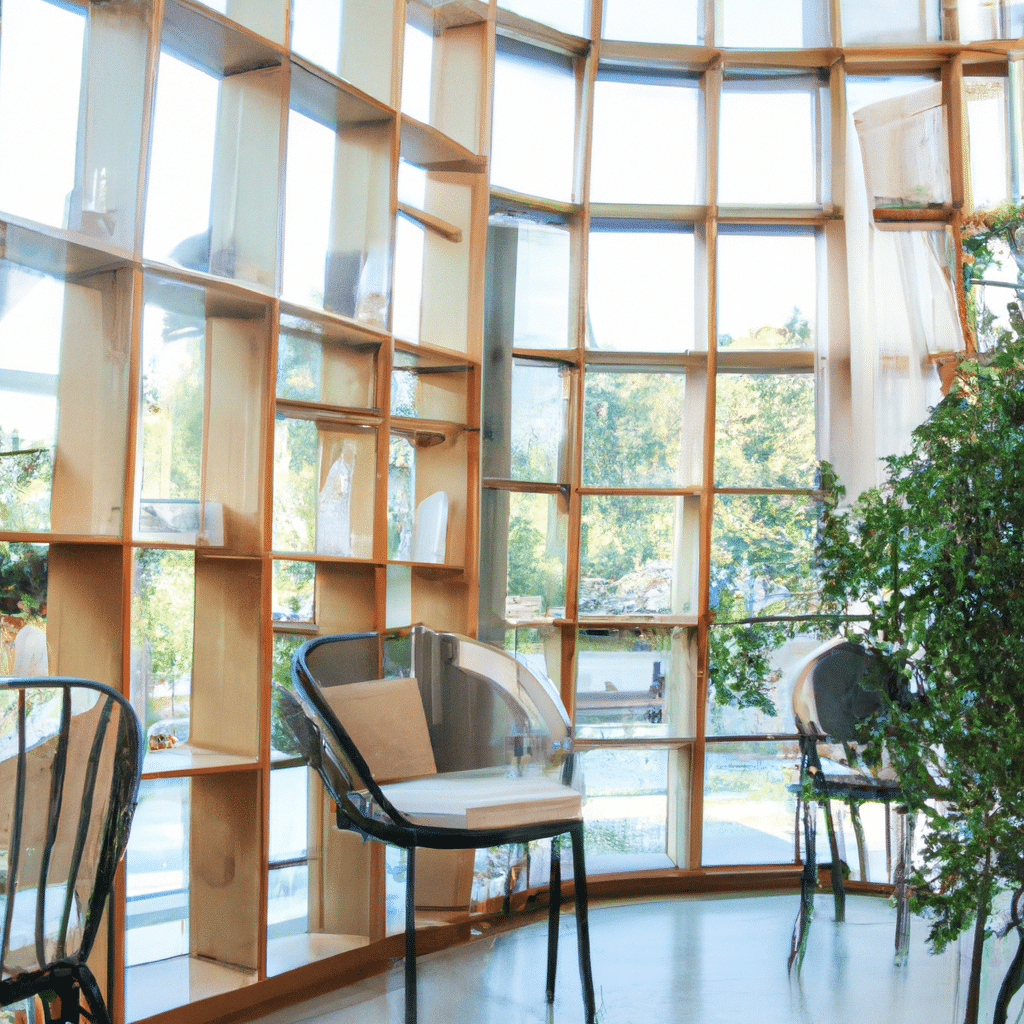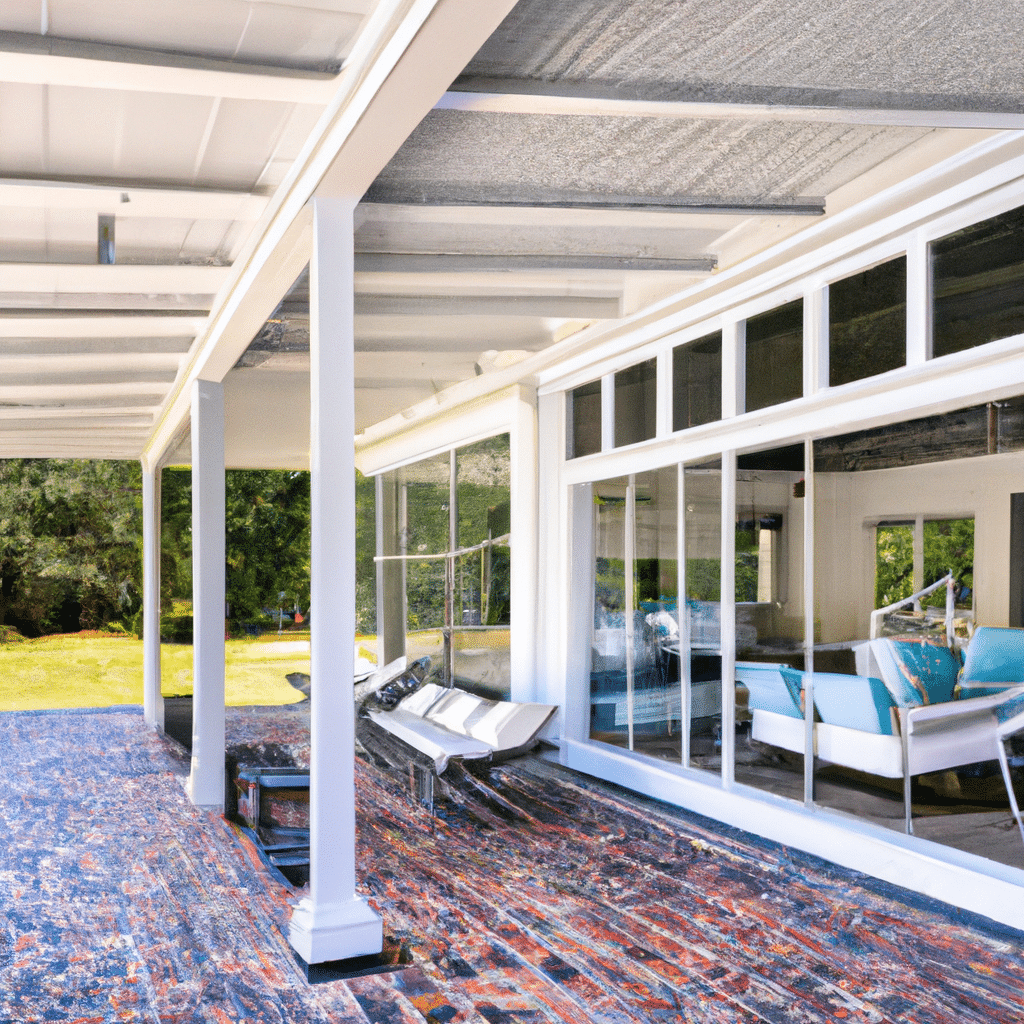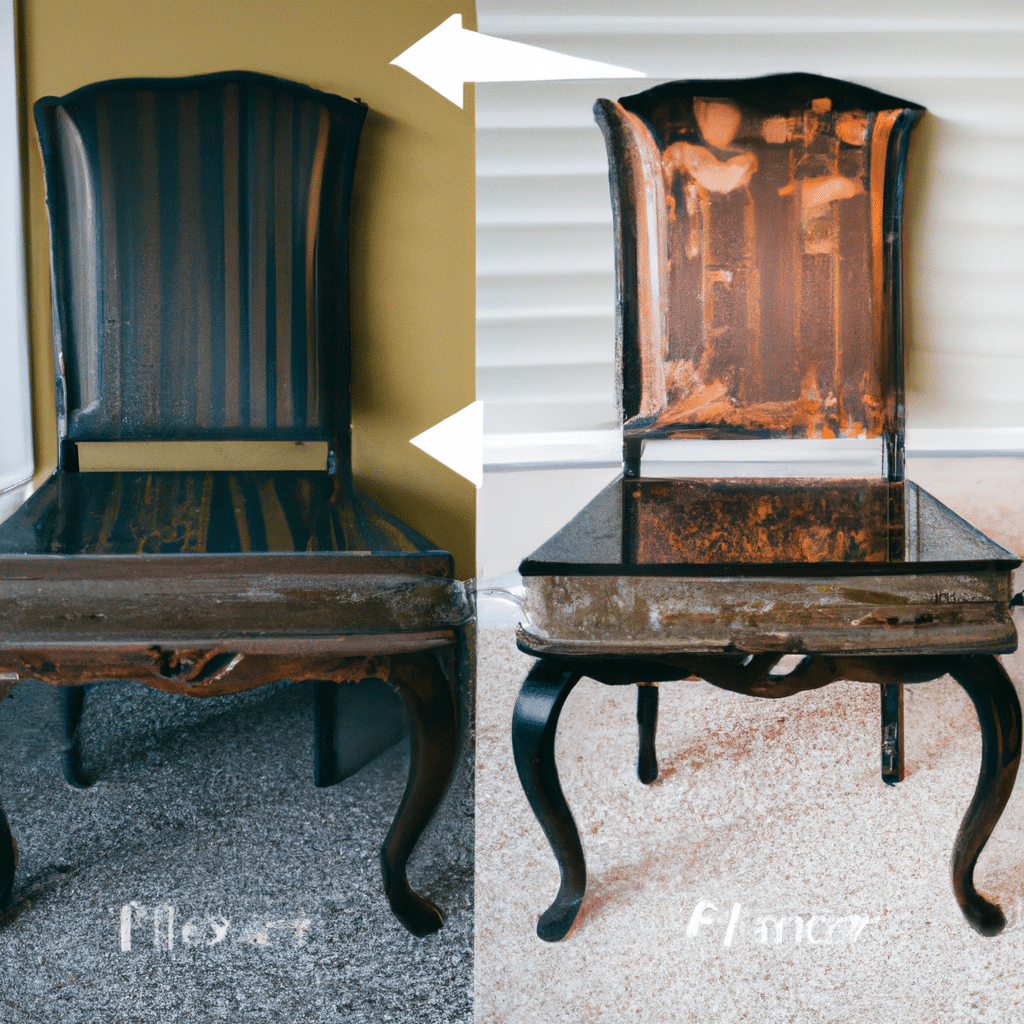Renovating heritage properties is a delicate and intricate process that requires a deep understanding of both the historical significance of the building and modern design principles. It is a labor of love that aims to preserve the rich history and cultural heritage while enhancing the comfort and functionality of the space. In this comprehensive guide, we will delve into the secrets of renovating these architectural treasures, providing valuable insights and expert advice to help you successfully undertake your own heritage property renovation project.
Understanding the Significance of Heritage Properties
Heritage properties hold immense historical, cultural, and architectural value. They are a testament to our past, reflecting the stories and traditions of previous generations. Renovating such properties requires a high level of sensitivity and respect for their historical significance.
Before embarking on a heritage property renovation project, it is crucial to conduct thorough research to understand the history, architectural style, and unique features of the building. This information will guide your renovation decisions and ensure that you preserve the essence of the property.
Planning and Preparation
Proper planning and preparation are essential for the successful renovation of a heritage property. Begin by assessing the condition of the building and identifying any structural or aesthetic issues that need attention. Engage the services of a qualified architect or heritage consultant who can provide expert advice and help navigate the complexities of the renovation process.
Next, develop a detailed renovation plan that outlines your objectives, timeline, and budget. Consider the specific requirements of heritage properties, such as obtaining necessary permits and approvals from local authorities. It is important to factor in additional time and costs associated with working on a heritage property, as unexpected challenges may arise during the renovation process.
Preserving Architectural Details
One of the primary goals of renovating a heritage property is to preserve its unique architectural details. These details often define the character and charm of the building, and their careful restoration can breathe new life into the space.
When renovating, pay close attention to features such as ornate moldings, intricate woodwork, decorative plasterwork, and original flooring. These elements should be carefully restored or replicated to maintain the authenticity of the property. Engage skilled craftsmen who specialize in heritage restoration to ensure the highest standard of workmanship.
Modernizing Infrastructure
While preserving the historical charm of a heritage property is important, it is equally crucial to modernize its infrastructure to meet contemporary standards of comfort and functionality. Upgrading essential systems such as plumbing, electrical, and HVAC (heating, ventilation, and air conditioning) is essential for the safety and comfort of the occupants.
Balancing the preservation of historical features with the integration of modern amenities can be challenging. Collaborate with your architect and design team to find innovative solutions that seamlessly blend the old and the new. For example, concealed wiring and discreetly placed technology can help maintain the integrity of the space while providing modern convenience.
Sustainable Renovation Practices
In today’s environmentally conscious world, sustainable renovation practices have become increasingly important. When renovating a heritage property, it is crucial to adopt sustainable methods that minimize the impact on the environment while preserving the historical integrity of the building.
Consider incorporating energy-efficient appliances, insulation, and renewable energy sources into your renovation plans. Choose materials that are eco-friendly and locally sourced whenever possible. By embracing sustainable practices, you not only reduce your ecological footprint but also add value to your heritage property.
Engaging Skilled Professionals
Renovating a heritage property requires a team of skilled professionals who specialize in heritage restoration. Collaborate with architects, engineers, interior designers, and craftspeople who have experience working on similar projects. Their expertise will ensure that your renovation project is executed with precision and attention to detail.
When selecting professionals, prioritize those with a deep understanding of heritage properties and a passion for preserving historical architecture. Request references, review their portfolio, and engage in thorough discussions to assess their suitability for your project.
Conclusion
Renovating heritage properties is a complex yet rewarding endeavor. By understanding the significance of these architectural treasures, meticulous planning, preserving architectural details, modernizing infrastructure, embracing sustainable practices, and engaging skilled professionals, you can successfully transform a heritage property into a comfortable and functional space that honors its rich history.
Embarking on a heritage property renovation project is not for the faint of heart, but with the right knowledge and guidance, you can breathe new life into these architectural gems. Let the secrets unveiled in this guide inspire and empower you as you embark on your own journey of preserving history and elevating comfort.


